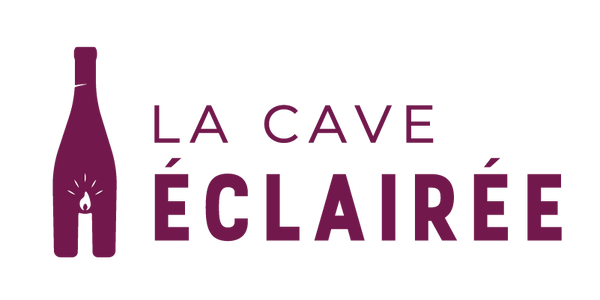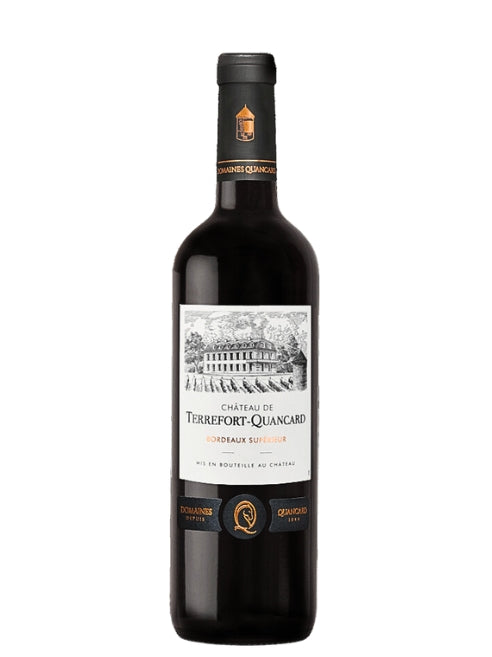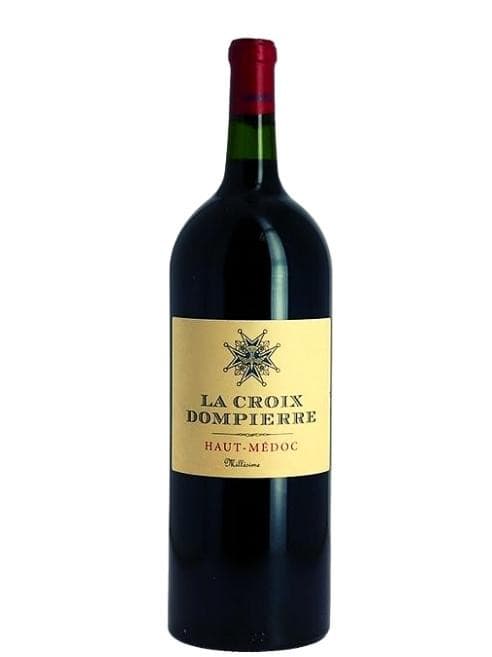The red grape varieties of Bordeaux
Red grape varieties make up more than 80% of plantations from the Bordeaux region. Furthermore, 3 varieties represent 98% of red production.
Merlot
He represents 66% of the grape varieties are red and is therefore the star of the Bordeaux vineyard. It is distinguished by its tannic suppleness, its charming fruitiness as well as its roundness in the mouth . It particularly likes clay-limestone soils and is therefore found mainly on the right bank of the Garonne within appellations such as Saint-Émilion (Château Jean Faure), Pomerol (Château de Valois) or Blaye Côtes-de-Bordeaux (Château Bel-Air La Royère). From a taste point of view, it expresses notes of red and black fruits such as plum, cherry or strawberry.
Cabernet Sauvignon
Cabernet Franc
He is the 3 th most important red grape variety and is planted at the height of 9.5% in the region. It brings a nice acidity, rather supple tannins, aromas of raspberry, strawberry and peony as well as sometimes a little vegetal side characterized by pepper. This one is particularly happy on soils clay-limestone from the right bank, particularly in Saint-Émilion and Pomerol. It also contributes to the good aging potential of the wines.
All these grape varieties are generally used in assembly It is indeed rare in Bordeaux for a single grape variety to make up the entirety of a vintage.
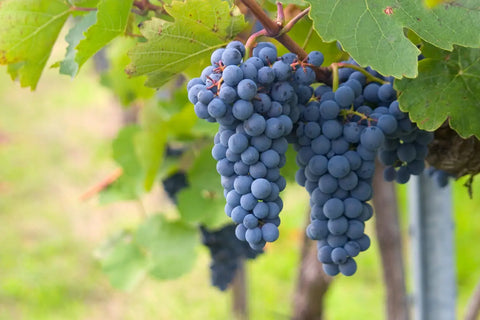
Merlot grape clusters
The white grape varieties of Bordeaux
White grape varieties represent less than 20% of the Bordeaux vineyard . Within this category, two of them achieve almost 90% of production.
The Semillon
He is the main white grape variety of the region and represents 45% of the grape varieties of this color . It gives wines a lovely fatty texture as well as aromas of white fruits, white flowers and honey. It is mainly found in the Sauternes (Château Haut Bergeron) where it is used for the production of sweet wines thanks to its sensitivity to noble rot (Botrytis cinerea). However, it is also present in the Graves region (Pessac-Léognan) or in the Entre-deux-mers (Cheval Quancard) where it can be used to produce dry white wines.
Sauvignon Blanc
He represents 43% of the vineyard in white . If this grape variety is very well known for its presence in the Loire on appellations such as Sancerre or Pouilly-Fumé, it is also very established in Bordeaux. It is appreciated for its lively character and offers here notes of exotic fruits, white fruits and citrus fruits. In the same way as the Sémillon with which it is almost always blended, it is very present in Pessac-Léognan as well as in the Entre-Deux-Mers.
In addition to these two grape varieties, other less widespread varieties are also present in Bordeaux. For example, we can cite Muscadelle (5% of the vineyard in white) which is used in small quantities in blends of dry and sweet white wines in order to bring floral and white-fleshed fruit aromas. Other grape varieties such as and Colombard Or Ugni Blanc are also present.
It is worth mentioning that Bordeaux is known for his art of assembly . Thus, just as with red wines, the white grape varieties mentioned above are almost always blended in order to complement their strengths and combine their aromatics.
You now know all the Bordeaux grape varieties ! With these explanations, you should now be able to select the wines that best match your preferences. If you would like more advice on the Bordeaux region, do not hesitate to contact directly The Illuminated Cellar !
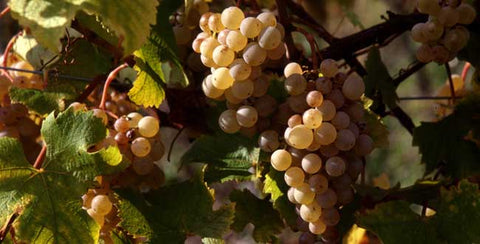
Clusters of Semillon
